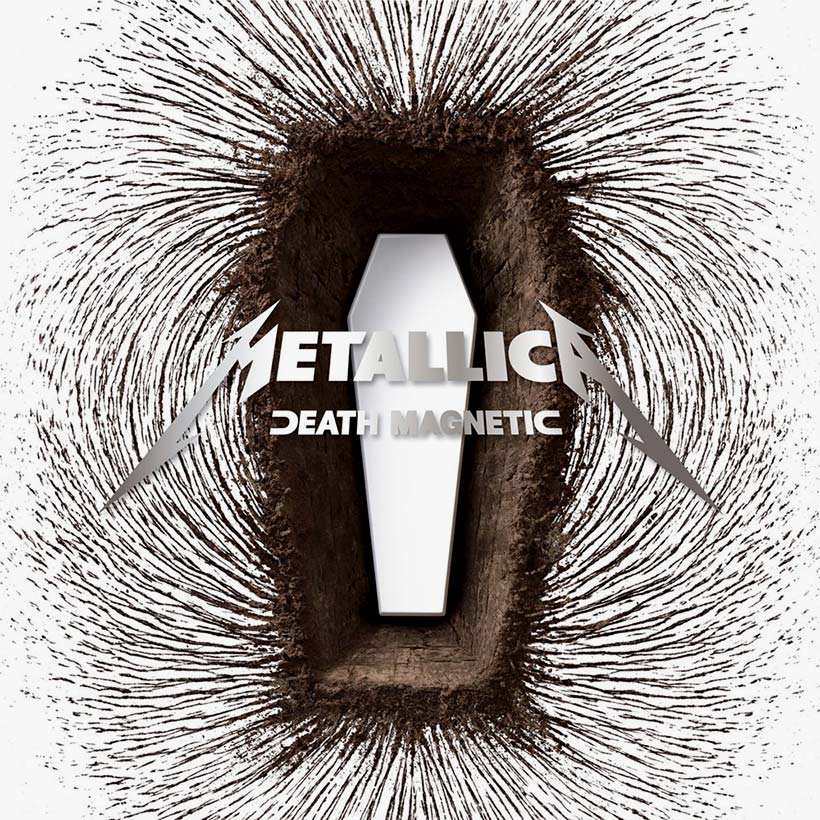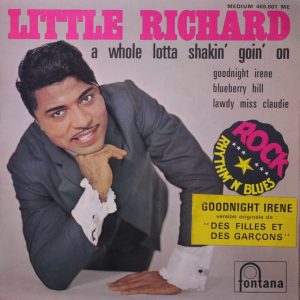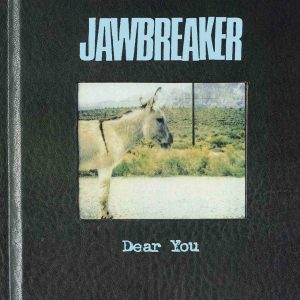Prior to Death Magnetic’s release, on September 12, 2008, Metallica were in a state of flux. The goal for 1991’s “The Black Album” had been to create heavy metal for the masses. Their mission was accomplished when it turned them into one of the biggest bands on the planet. Metallica were the band who could do no wrong. Yet for the next decade or more they turned into the band who got it all wrong.
Stepping away from their metal roots
If tearing down a band at their peak were a national pastime then Metallica painted a target on their own backs with 1996’s Load and its 1997 follow-up, Reload. Despite those better-than-you-remember albums giving a home to some stellar songs, many fans felt that a newfound love of Southern rock, frilly shirts, and guyliner was a step too far away from the band’s thrash metal roots.
A surprise dalliance with the San Francisco Symphony Orchestra led to 1999’s S&M, before longtime bassist Jason Newsted unexpectedly quit in 2001. The result was producer Bob Rock filling in on sessions for Reload’s follow-up, 2003’s St Anger, while a replacement was found. And while that album went some way toward reconciling the band with their metal roots, it also felt like the soundtrack to a group therapy session, and now serves as a painful reminder of a tumultuous period in the band’s career (as documented in 2004’s Some Kind Of Monster). Fans wondered if Metallica had completely lost their way.
Reigniting the fire
Despite being one of the biggest bands in the world, Metallica always felt like a blemish on the mainstream – the band relegated to the Super Bowl pre-show, rather than the half-time spectacle; never granted airplay between Kings Of Leon and Taylor Swift, no matter how many albums or concert tickets they sold. As if resigning themselves to this fact, their next move was to reconnect with their Metallica-ness, and producer Rick Rubin was hired to reignite the fire that had burned in their Master Of Puppets-era bellies.
The intro to “That Was Just Your Life” builds tension before exploding with a galloping riff that answers the burning question: can Metallica still do heavy? The answer was a resounding yes – and a whole lot more. Seismic shredding and gargantuan off-beat riffs pivot and twist throughout the song’s seven-minute duration, revisiting the complexity that permeated 1988’s … And Justice For All. There’s even a fiery Kirk Hammett guitar solo the likes of which had been notable by their absence in recent history. “The End Of The Line” provides a groove-based canvas for a vocal line that harks back to “Creeping Death,” while the chugging “Broken, Beat And Scarred” and “Cyanide” are more streamlined, showcasing the less-is-more approach applied to “The Black Album”.
“The Day That Never Comes” recalls the heavy-as-a-sack-of-bricks ballad that was “Fade To Black,” while “All Nightmare Long” proved Metallica hadn’t lost their speedy chops. As far as sequels go, “Unforgiven III” is a successor in name only; it easily exists as a convincing standalone in its own right. The instrumental “Suicide And Redemption,” meanwhile, echoes “To Live Is To Die” before the whole thing screeches to a close with the devastating short, sharp shock of “My Apocalypse.”
Roaring back to life
With only three of Death Magnetic’s ten tracks clocking in at under seven minutes, it risked being too much too soon in the wake of a testing period in Metallica’s history. Yet Metallica deftly navigated their way through its epic twists and turns with the vigor of a band who still had a lot to offer, each song playing out exactly the way it needed to while never outstaying its welcome.
With Death Magnetic, Metallica recalled a classic era without sounding like a parody of themselves; any similarities to their earlier material are a mere consequence of the band’s DNA. If St Anger was a sleeping lion, Death Magnetic was the sound of the thrashers roaring back to life.
Listen to the best of Metallica on Apple Music and Spotify.




